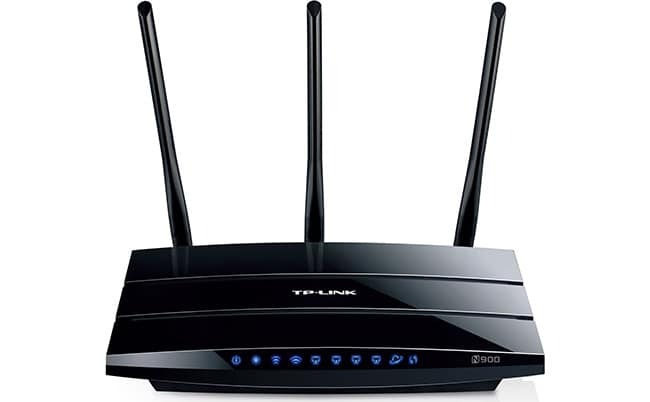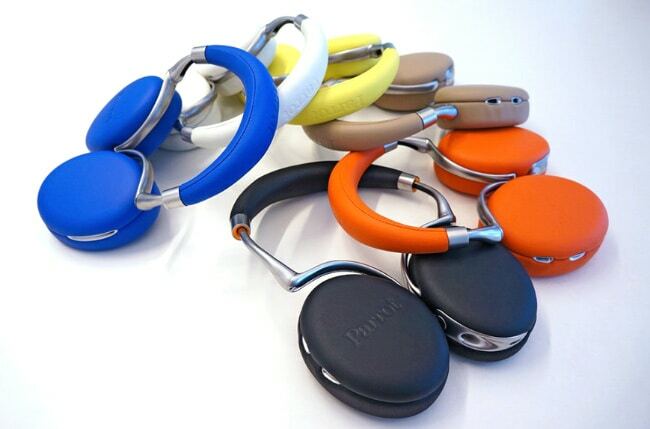Drying - the last stage of dishes processing which removes excess water from the surface. Today, any dishwasher comes with a mandatory drying.
- Active, performed Tan, warming the bottom.
- Convection with turboobduvom.
- Condensation works due to natural moisture has dried.
- Intensive through the heat exchanger.
- Zeolite mineral source of heat.
active
The first possible type of drying in the dishwasher. Most often used in the models of American manufacturing. The principle of operation is based on compulsory bottom heating by a heater. The technology works like this:
- the temperature inside the chamber increases;
- moisture evaporates;
- moist air is removed through the vent.
There are models with a system that automatically opens the door to remove the facade of steam.
The main drawback - the high consumption of electricity. For budget conscious Europeans, this was the reason for the failure of the technology.
convection
Turbosushka use forced air cooling the contents warmed air. The design has a heating element to heat up, which is complemented by a fan. special means is added to further evaporation of moisture in the water. The process involves:
- treating tableware with hot water at the end of washing;
- activation of the fan that drives the air between the content;
- through a special channel stream emerges and comes back on cooling.
Additional structural elements increase the cost of the instrument increases more and power consumption. But the drying speed and quality of this option more effective than the last.
condensation
This is the simplest version, it is powered by the effect of the difference in temperature or condensation. After washing the contents washed with hot water, the temperature gap is formed between the compartment walls and dishes. The resultant condensate settles on the walls and flows through the drain hole. Here, the process is the natural way:
- It requires no additional power consumption;
- silent, because the machine does not work at this time.
Despite the high efficiency, it is not designed for quick cleaning. This option takes a long time to dry the contents may take several hours. Another drawback - the probability of occurrence of streaks on the surface of plates and other utensils.

intensive
It combines the advantages of cost-effective and rapid condensation convection. To achieve the desired effect using the pressure difference in the sump and in the detergent compartment. The resulting circulation of air promotes the drying of dishes.
Process is much faster and does not require electricity consumption. The need to design complexity also affects the price, but such models are still cheaper appliances with convection.
zeolite
Used in dishwashers premium. It can be considered the most effective because of the merits of combining all the previous versions:
- speed;
- quality;
- economy.
PETN instead of the temperature inside the machine supports the natural mineral zeolite. It is placed under the bottom part of the hopper and in contact with moisture generates heat. Due to this process accelerates, the energy is not used, good drying dishes.
The mineral is durable, provides the required level of quality for the entire life of the machine. The only drawback - such dishwashers expensive.
quality levels
Forms differ drying technologies applied and classes. according to the standards drying class is denoted by Latin letters from "A" to «G». This marking is necessarily present in the technical documentation to the unit.
To evaluate the effectiveness of this parameter is used a specially designed code whose symbol - a sign of "ID». It may be within the theoretically ideal figure 2 units to the lowest to 0 units.
The index is estimated by the number of wet stains and traces with an area of not more than 50 cm². Having one or two remaining traces after the procedure reduces the index to one, more of them reduces the index value down to zero.
| class | The index value | |
|---|---|---|
| 1. | A | more than 1.08 |
| 2. | B | 0,86–1,08 |
| 3. | C | 0,69–0,86 |
| 4. | D | 0,55–0,69 |
| 5. | E | 0,44–0,55 |
| 6. | F | 0,33–0,44 |
| 7. | G | less than 0.33 |
Choosing the type of drying
When choosing a dishwasher main difficulty is how to determine the best type of drying. If the class option is always marked, a description of the type of technology used is often lacking.
The solution may be inspection model for the presence / absence of corresponding structural elements or consultation with the seller. You can use the icons, which are specified in the instructions. Also, such information can be obtained from user reviews.
Which version of the drying in the dishwasher is better - it's up to the buyer. Typically, the model is selected based on its cost, coupled with acceptable quality performance.
If you are interested in cheap cell phones - most likely option would be condensation drying, but the design of premium cars requires more sophisticated techniques.



